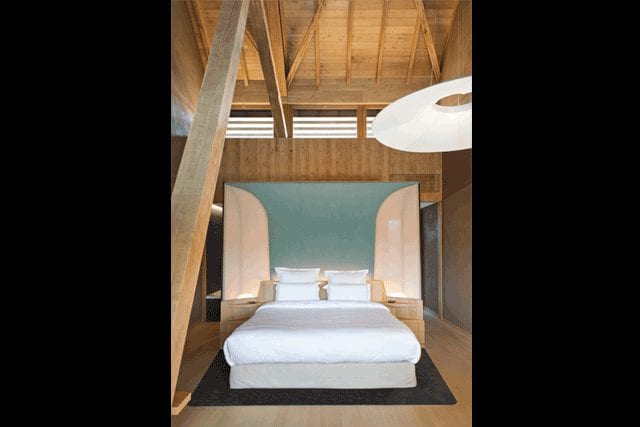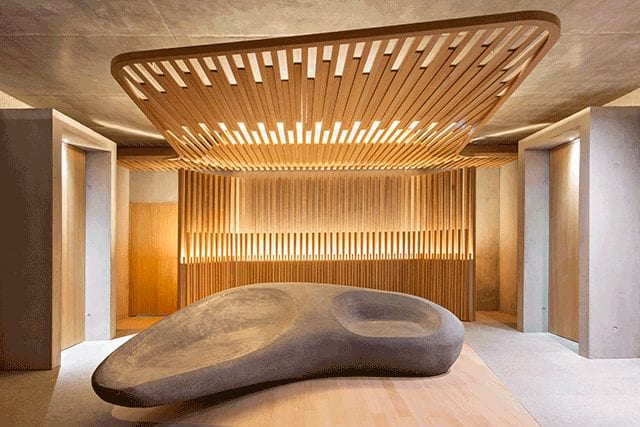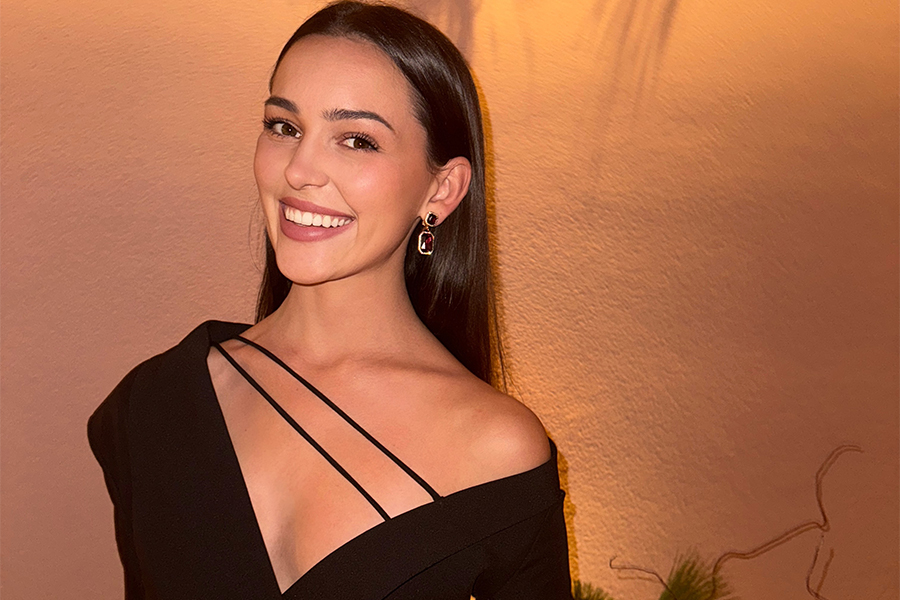How did you meet?
Sanjit Manku: Patrick and I met in 2001. I happened to be living in Rome and was passing through looking for a couch to stay on at the time, and it was really a mistake of languages. What was supposed to be a place to stay for the weekend for a man who had no cash turned into a possibility of work. We started working literally the day I met Patrick. We’ve been working together for more than 15 years now. Even though his wife is American and he speaks very good English (my French was absolutely terrible), it was really the shared language of dreaming and pushing each other’s dreams further and further, and drawing. Drawing is the means of expressing those things, which looks past language into a communal, dream-like language. We worked together very well in this way, and we started Jouin Manku 10 years ago.
Early memories of working together?
SM: One of the big advantages of having a partnership is kind of like those movies where people are firing at you; two people back-to-back firing guns and one is looking out for the other. It’s helpful, in terms of design. It helps you push each other into new directions. In terms of administration and how much risk you take, it’s great because sometimes those are the hardest decisions to make.
Patrick Jouin: The first memory for me is happening upon [Sanjit’s] portfolio and seeing his beautiful drawings. I saw two things: a way to design beautiful lines and, at the same time, a graphic quality and artistic quality, which blew me away.
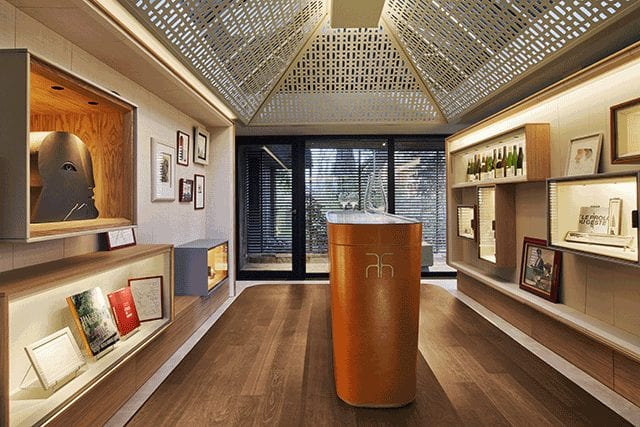
Inside Hotel des Berges in France, the newly renovated Auberge de L’Ill boasts a skylight that floods the restaurant with light.
Big break?
SM: Our career has been full of big breaks. They happen at least once a year. We’re very fortunate. The way people come to us, they want something that has never been done before. They want an invention. That’s what we’ve really been known for. ‘If you want something magical, give me a call.’ And people called. People continue to call for those kinds of works.
PJ: A house we designed in Kuala Lumpur because it was a beautiful project, and a huge project for us. [Sanjit] was able to go higher and show me what he was able to do. I discovered and understood we would have a long future together.
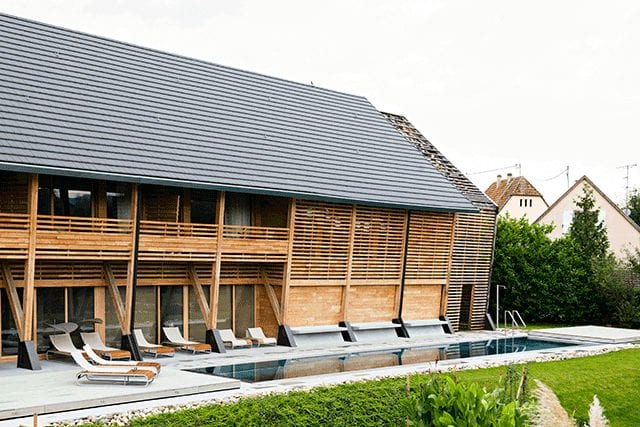
At Hotel des Berges’ new modern barn-inspired Spa des Saules annex, timber-slatted balconies overlook the pool.
Firm motto?
SM: Never repeat yourself. Always do something you’ve never done, but do it with confidence and professionalism. Whatever it is, make sure you believe in it with your heart.
PJ: To surprise ourselves every time.
What are each other’s strengths and weaknesses?
SM: Patrick is very sensitive, very poetic, and obviously has a French background. I can be a little bit bulldoggish, a little bit more severe, and come from a North American background. They all mix and mingle together.
PJ: It’s interesting in that we are both guys with egos. But together, we don’t really have an ego. We are like brothers. We are able to say everything we think without the fear of hurting or embarrassing the other one. It’s very open. We work together with words, drawings, and a common passion. We’re always open to [each other’s] ideas, which makes everything so easy.
Tell us about your design process.
SM: We work together very much like two jazz musicians. It’s kind of an improvisation. Someone starts off with something almost like a melody, the other person brings in the harmony. They begin to pick up the pace or the tempo, and the other person responds and decides to do something else. After a while, you’re laughing and rollicking, and you can’t tell who did what. Patrick does as much architecture as I do—sometimes more. Sometimes I do more design than he does and vice versa. But in the end, we share all the projects and love each and every single one of them, which is incredibly important.
Project that showcases your firm?
PJ: Certainly the [Alain Ducasse au Plaza] Athénée. It’s the fourth time we’re redoing the same restaurant. It’s not very common to work with one client, [chef] Alain Ducasse, who asks us to reinvent ourselves, which means himself too.
Biggest challenge of owning your firm?
SM: How do you try to create some stability for the people who work with you in a world that’s inherently unstable? The creative part is quite easy. The things that are happening around us politically [make things difficult].
PJ: The biggest challenge today is the same as the first day—to be able to invent something new every time. We don’t like straight roads. When it’s too straight, we take a little road on the side. It’s never easy, but it’s always with joy and fun and invention.
Biggest challenge about your partnership?
SM: Finding enough time to spend with each other to make sure that [we] benefit from the presence of the other. There’s this moment when you’re not working enough in tandem or you can’t find enough time to do things together, which is fundamental. Sometimes that will happen for a little bit of time—never too long—and then when you actually find time to work together again, it’s very nice. You remember, ‘We should be doing this more often.’ It’s always a good feeling.

